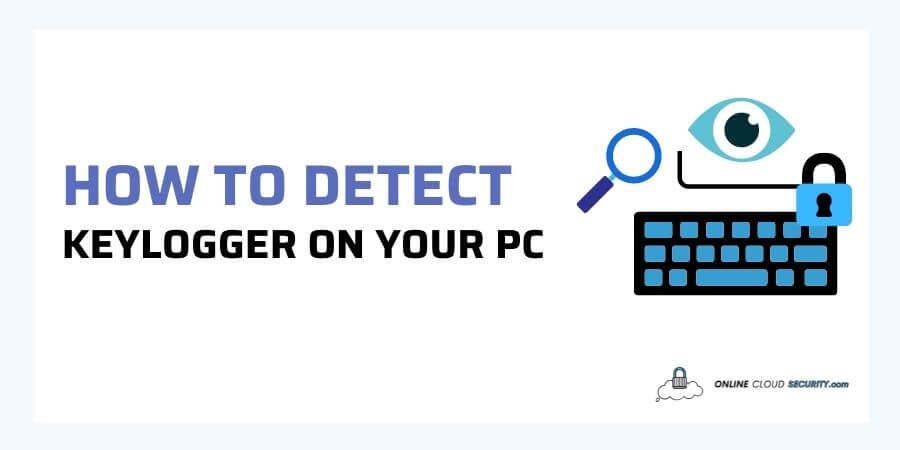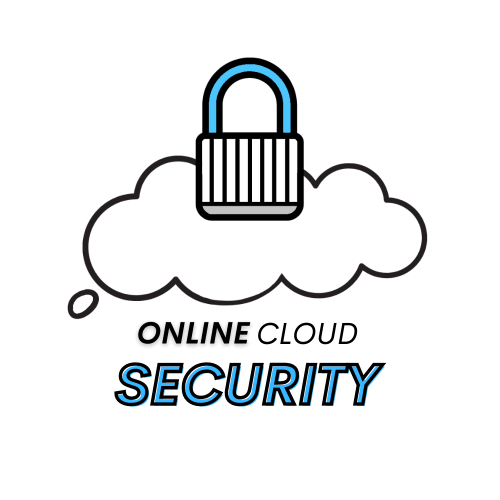
Dave Miller – Tech Enthusiast & Security Expert – May 12th, 2022

Keylogger programs have evolved through time. To remove it, you need to know how to detect keylogger on your computer. On one side, Keyloggers are lawful to employ for monitoring and assuring safe or permitted use. However, this is not always the case. If these activity-tracking software packages get utilized without the owner’s consent, hackers may gain access to personal information. The main issue is that these keyloggers operate deep within your device’s operating system, making them difficult to detect even by antivirus software. So, how can you defend yourself against an intangible foe?
Continue reading the post; I’ll cover all you need to know about it today, including how they generally function and how to identify and prevent them from invading your system.
In simple terms, capturing a user’s keyboard activities and device information get known as keylogging or keystroke logging. These programs have a variety of functions. Like, screen loggers are a type of advanced keylogger that works by taking screenshots of your desktop to collect the information shown on the screen. The kind of usage determines whether they are legal or illegal. Although keyloggers get frequently used for hacking nowadays, there is another scope of this technology.
Statistics: Google’s analysis found 25,000 black-hat tools for phishing and keylogging and multiple black marketplaces that exchanged third-party password breaches. They discovered 788,000 credentials taken via keyloggers in total.
Nowadays, technology is rapidly evolving, allowing for speedier development and advancement and speeding up the rate of change. As a result of its unique capacity to remain in the operating system’s kernel, today’s modern keylogger is extremely difficult to detect. Although, poorly programmed keyloggers can get detected in a variety of ways. It makes no difference if keyloggers are weak or strong; what you need is the best technique to prevent yourself and your computer from being a victim.
So, if you believe a keylogger got placed on your computer without your permission. In that case, you have every right to uninstall it. Here’s how to detect keylogger on your computer and remove
The Windows Task Manager is a useful application that displays information about your system’s overall resource use. You may also use Task Manager to start and stop applications and processes. It’s also available for Mac users in the form of an Activity Monitor. Follow the below steps to use task manager to your advantage to detect any keylogger on your computer
Programs and Features is a Windows that displays a comprehensive list of all the programs installed on your computer. You may alter, fix, or delete software products in just a few easy clicks. You may also use this to find software from unknown publishers by following the steps outlined below.
Temporary files are frequently stored on your hard disk by programs. Clearing temporary files is one efficient technique to get rid of keyloggers and malware. Keyloggers can lurk in your temporary folder to evade detection, particularly if they were downloaded automatically as part of a website-based fraud.
It’s also conceivable that you won’t be able to notice a keylogger in the TEMP folder individually. Still, you can get rid of it right away by deleting TEMP files in the hopes of removing the keylogger with it.
Note: Windows or another program is actively using it if you get any errors when trying to remove a TEMP folder file. Try removing the file again after closing all open apps and restarting the computer.
The firewall detects incoming and outgoing network accesses, allowing you to regulate every inbound and outbound connection. As a result, it can more carefully monitor computer activities to inspect and manage what goes in and out of your computer based on your preferences. Most computers, whether they run Windows or Mac OS, have a software firewall installed.
Since keyloggers transfer your data to a distant site but require an Internet connection, everything sent out will appear in the activity log of your firewall. Although the Windows Firewall is relatively efficient at identifying keyloggers and malware, a third-party firewall is always an option. Even if you have another firewall installed, Microsoft recommends keeping Microsoft Defender Firewall turned on. It aids in the prevention of unlawful access.
Third-Party Firewalls
A specialized third-party real-time anti-keylogger that searches for and inhibits suspicious logging behavior is another option to protect yourself from keyloggers. Here are some of the keylogger Protection with Firewall available today
The “Reset your PC” option in Windows 10 instantly returns Windows to its factory default settings. This option will reinstall Windows and keep your stuff, such as images, music, movies, and personal files. However, it will erase any programs or drivers you have installed and any modifications you have changed to the settings. As a result, you can use this method to get rid of a keylogger.
Note: Resetting the PC will take some time, so make sure the power gets not turned off. Also, please do not force the computer to shut down to avoid any problems.
The best practice for preventing infection from a keylogger and any other connected malware dangers is to use real-time antivirus and anti-malware protection.
Note: Because Power Eraser is known to erase valid programs and data without asking for permission, be cautious about what you delete.
Apart from the risk of hacking, keyloggers are now mainly employed for two objectives. If your company’s performance is deteriorating by the day, you have every right to be worried. Knowing what employees are doing as an employer can assist them in improving productivity and network monitoring throughout their firm. Apart from that, if you merely know what kinds of activities your children are doing on the internet, you will be able to follow their behaviors with reasonable ease. For both instances, the keylogger performs admirably. Or even IT organizations gather user input directives to aid in the accurate resolution of computer problems.
Fact: For mobile phones, there are still no known hardware keyloggers. However, software keyloggers are available for both Android and iPhones.
Software keyloggers and hardware keyloggers are the two forms of keyloggers. Software-based keyloggers are applications that monitor your computer’s operating system. Hardware Keyloggers do not require installation since they get already embedded in the physical design of the computer. Hardware keyloggers are impossible to detect with anti-spyware. In contrast, certain software-based keyloggers may be discovered and deleted using anti-spyware.
Anti-malware software will not identify all types of keyloggers. They will hash known ones, and some will use heuristic analysis to detect keylogger-like activities. Link Antivirus software cannot identify custom-written malware until the pathogen’s signatures get discovered. Similarly, keyloggers can be one-of-a-kind, resulting in non-detection by even the best antivirus software. Apart from responding to this softwares, it would be best if you looked into good cyber security practices to help yourself prevent becoming a victim of a keylogger.
Since keyloggers secretly record everything a user puts into their devices, it has prompted several debates in the past, with major companies including keyloggers in their products.
If you discover a keylogger on your computer, you should try to remove it right away. Any antivirus product that fights against keylogging malware can eradicate even the most complicated keyloggers. And in this article, I’ve covered numerous methods for detecting malware and removing it permanently. Remember to use the internet responsibly. It’s the only way to be secure in this age of unavoidable cyber security.
Keep in mind that they are legal ways to use keyloggers for the entity’s owner, and there is no perfect way to detect the hardware keylogger.
**Onlinecloudsecurity.com is a participant in the Amazon Services LLC Associates Program, an affiliate advertising program designed to provide a way for websites to earn advertising revenues by advertising and linking to Amazon.com and affiliated sites. As an Amazon Associate we earn affiliate commissions from qualifying purchases.**

Dave Miller is an IT Consultant for Online Cloud Security and has over 7 years of experience in the Information Technology space. He also specializes in repairing laptops & computers. In his spare time, he loves to talk about new technologies and hosts monthly IT and Cyber Security meetings in the Houston area.
Click any button down below to share this article on the following channels:

Online Cloud Security is here to recommend you the most secure devices, from laptops to smartphones, we only want to provide you with products that we have tested and used ourselves for online security. Every product that we recommend is heavily inspected and tested for security against hackers, viruses, malware, and any other intruders that may want to steal your information.

Online Cloud Security is here to recommend you the most secure devices, from laptops to smartphones, we only want to provide you with products that we have tested and used ourselves for online security. Every product that we recommend is heavily inspected and tested for security against hackers, viruses, malware, and any other intruders that may want to steal your information.
Your Trusted Source for Online Security